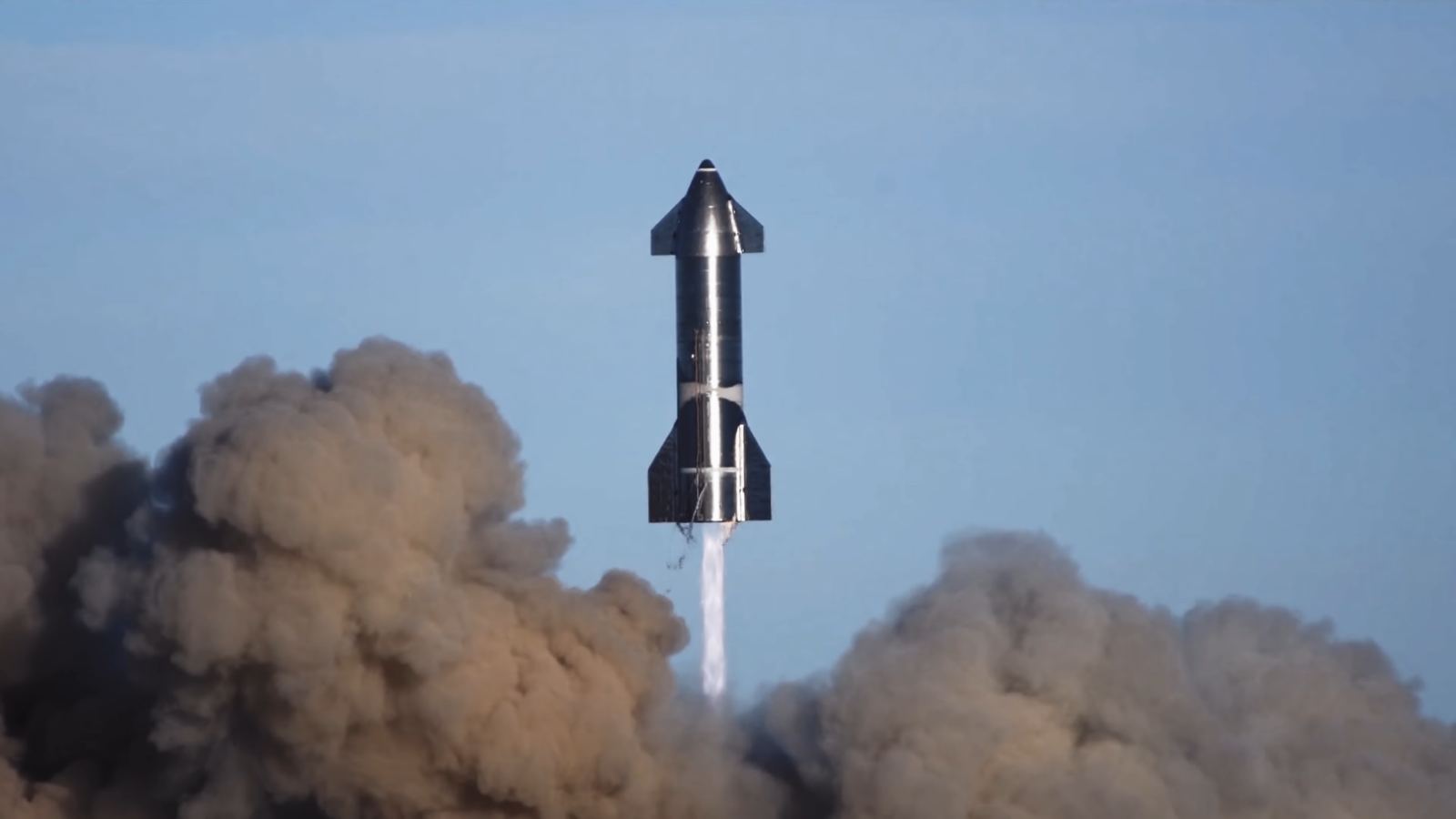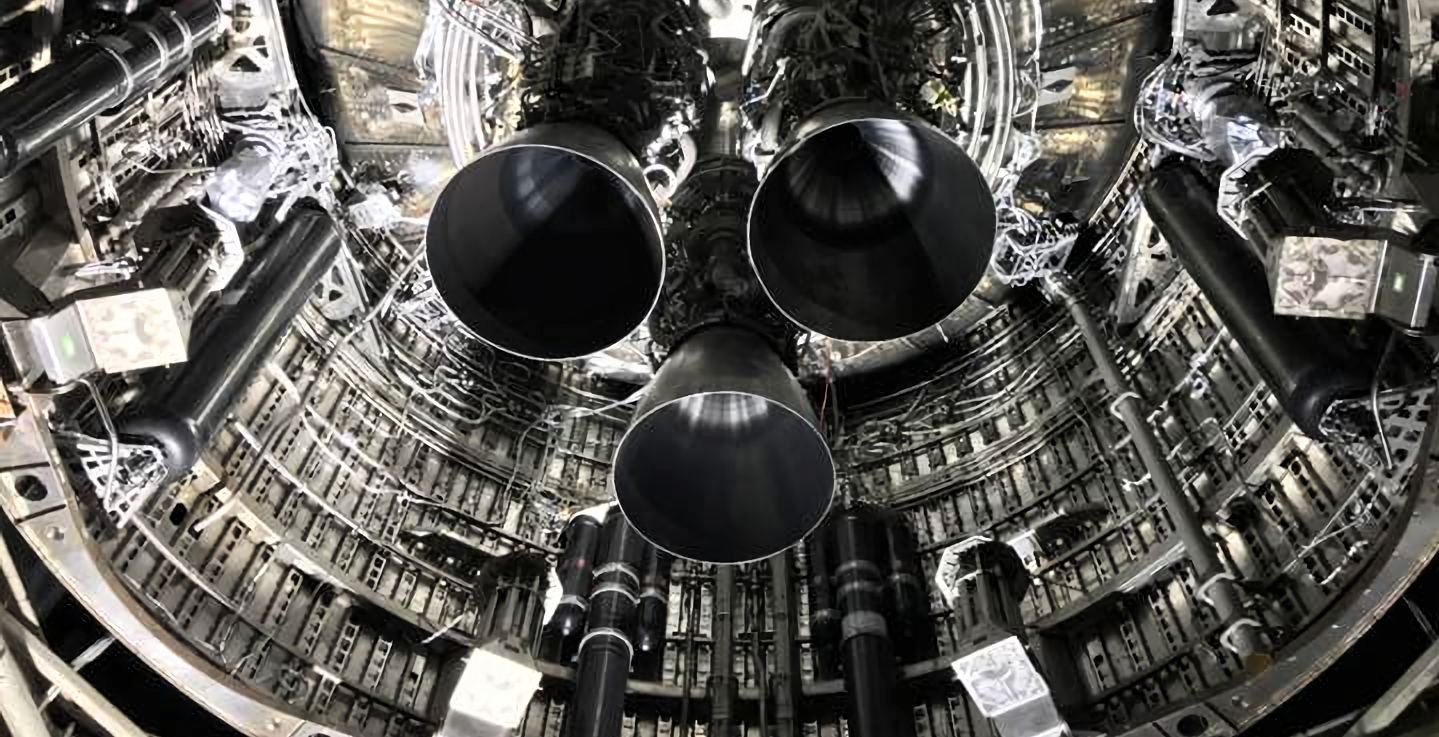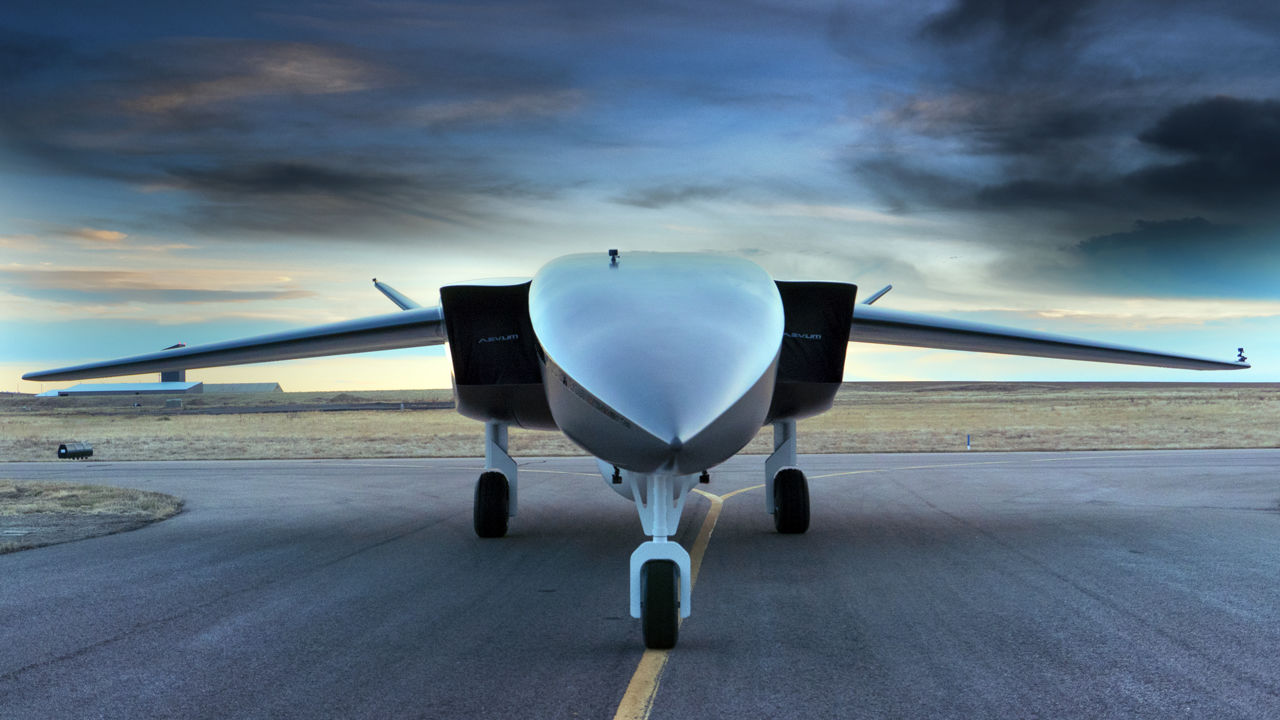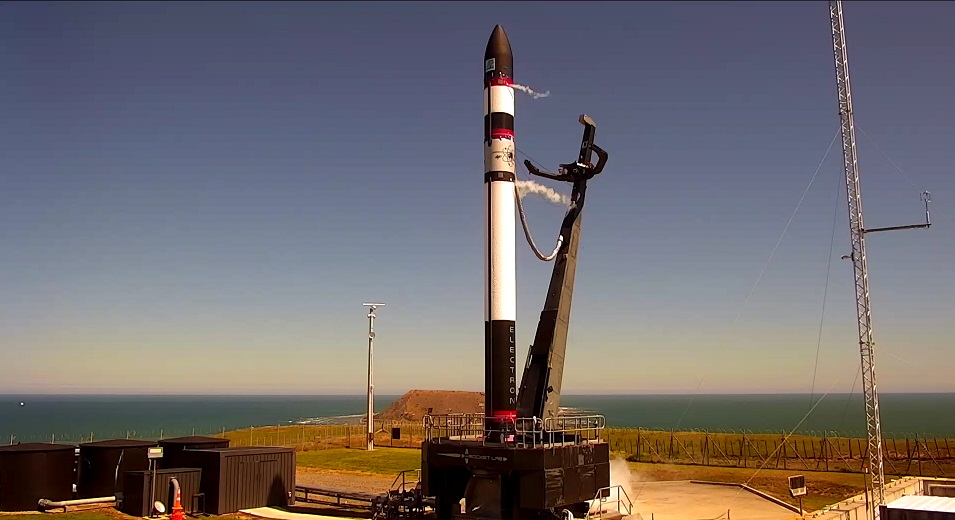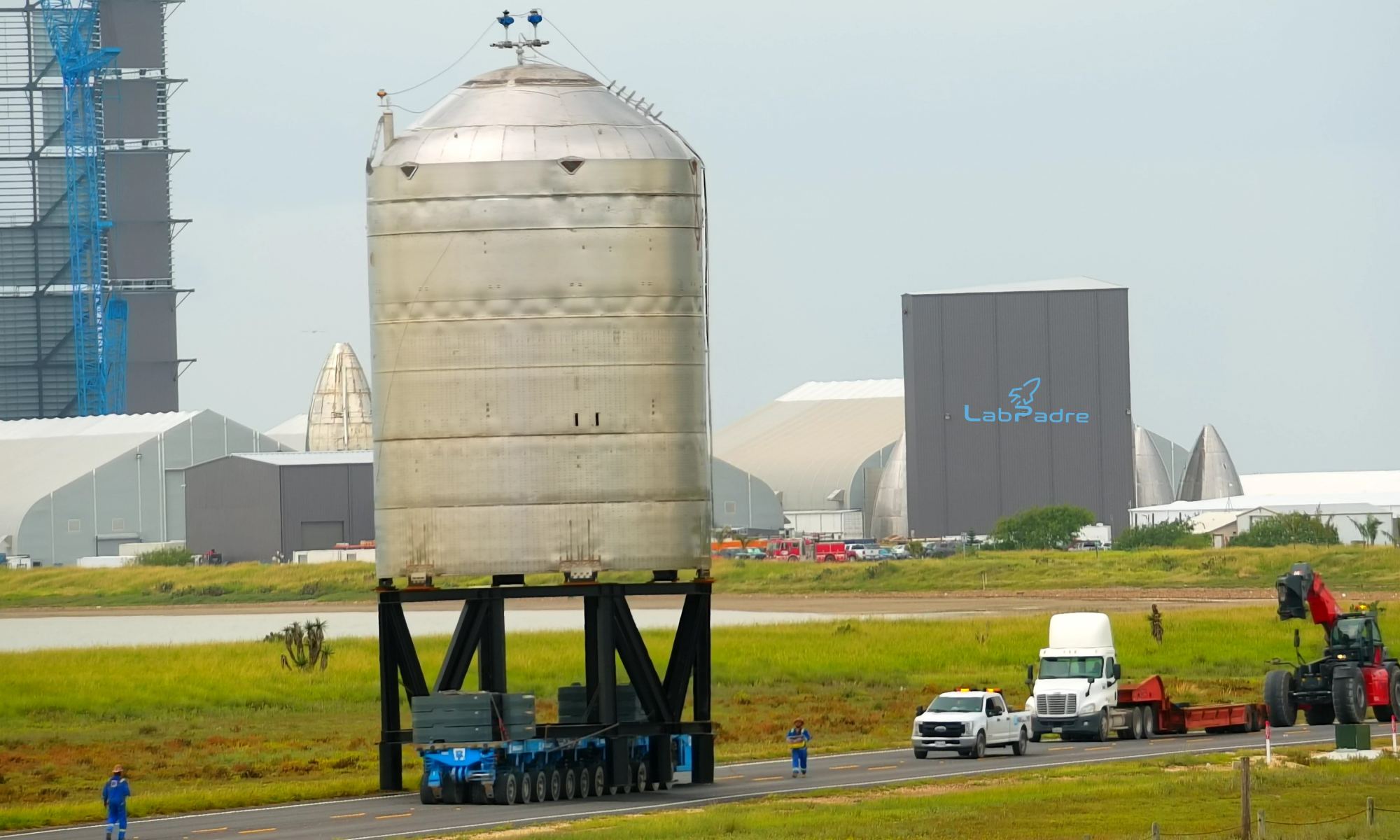On Sunday, January 17th, Virgin Orbit conducted the second launch test of its LauncherOne rocket, which the company will use to deploy small satellites to orbit in the coming years. The mission (Launch Demo 2) went smoothly and validated the company’s delivery system, which consists of the rocket air launching from a repurposed 747-400 (named Cosmic Girl).
It also involved the successful deployment of 10 CubeSats which were selected by NASA’s Launch Services Program (LSP) as part of the agency’s CubeSat Launch Initiative (CSLI). The event began when Cosmic Girl took off from the Mojave Air and Space Port at approximately 10:50 A.M. PST (01:50 P.M. EST) and flew to a location about 80 km (50 mi) south of the Channel Islands in the Pacific Ocean.
Continue reading “Virgin Orbit Successfully Launches a Batch of Satellites From an Airplane”



